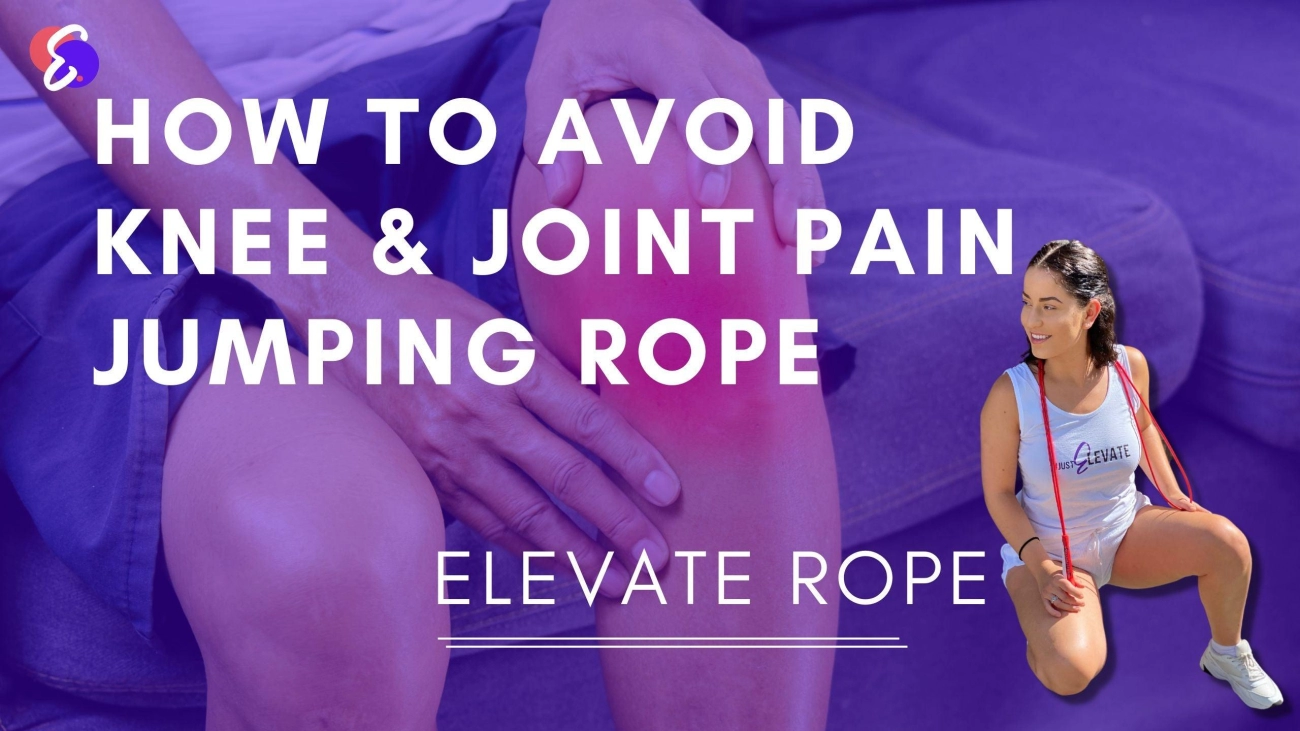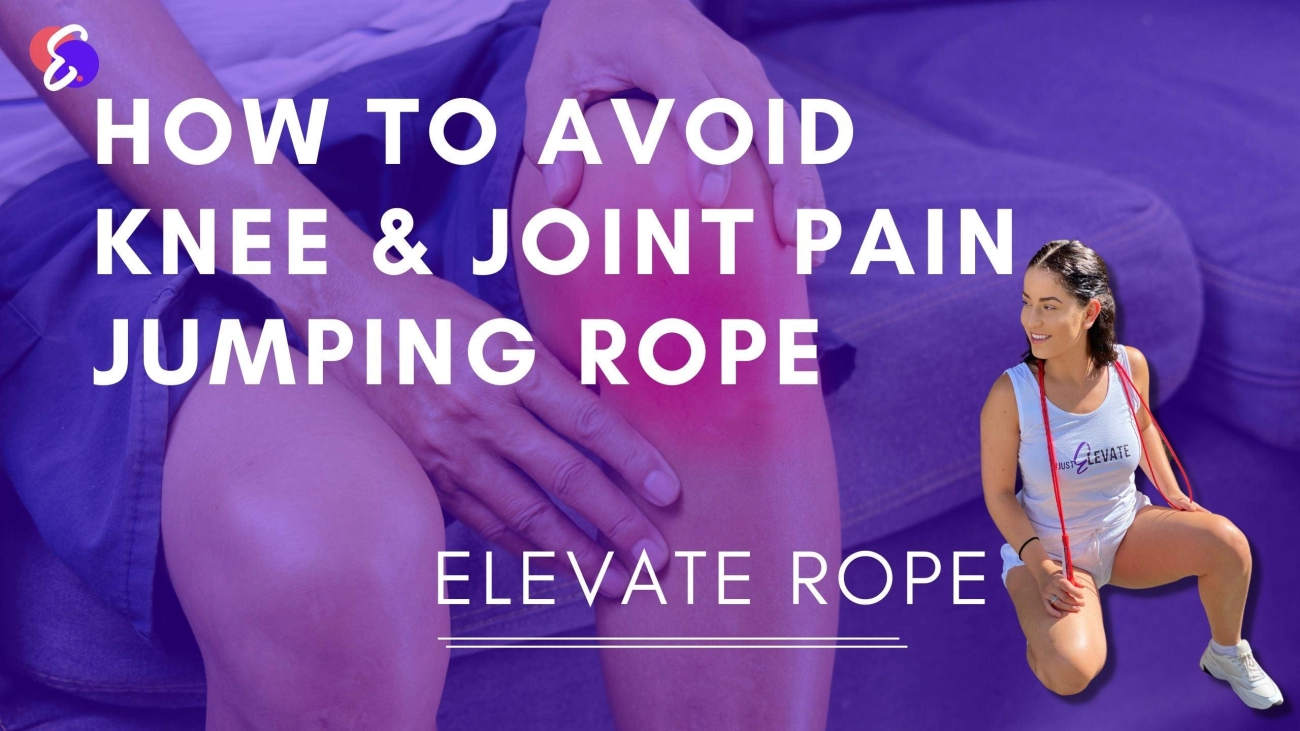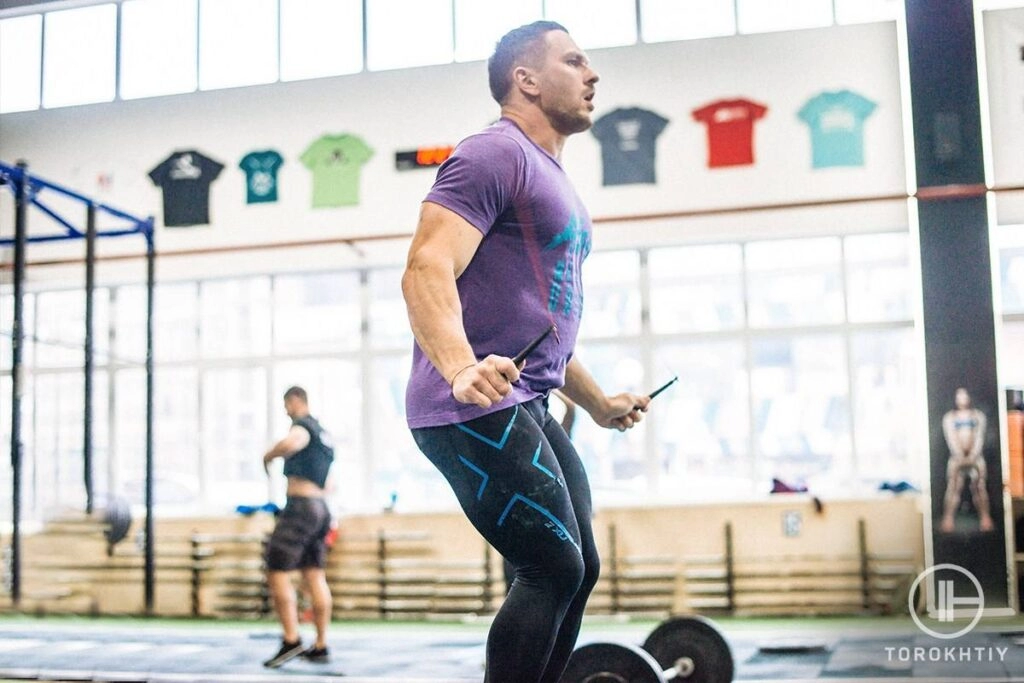Knee Pain from Jumping Rope Understanding the Causes and Knee Anatomy
Jumping rope is a fantastic full-body workout, but it can sometimes lead to knee pain, especially when the knee joint experiences repeated stress. To understand why jumping rope causes knee pain, it helps to look at the anatomy of the knee and key stress points involved during jump rope exercises.
Anatomy of the Knee and Stress Points During Jump Rope
The knee is a complex joint made up of bones (femur, tibia, and patella), cartilage, ligaments, and tendons. When you jump rope, the impact force every time your foot lands is absorbed by these components. The main stress points include:
- Patellar tendon connecting the kneecap to the shinbone
- Cartilage surfaces that cushion the bones
- Ligaments providing joint stability
- Surrounding muscles like the quadriceps and hamstrings controlling movement and shock absorption
Repeated impacts or poor form can overload these structures, leading to discomfort or injury.
Common Types of Knee Pain Related to Jump Rope
Several specific knee issues are associated with jump rope exercises:
- Patellar Tendinitis (Jumpers Knee): Inflammation of the tendon connecting the kneecap often caused by repetitive jumping or landing with poor technique.
- Runner’s Knee (Patellofemoral Pain Syndrome): Pain around or behind the kneecap due to irritation of cartilage from improper knee tracking or overuse.
- Joint Impact Pain: General soreness or ache resulting from high impact on hard surfaces or insufficient cushioning.
How Improper Jumping Technique Can Worsen Knee Problems
Many knee pain issues stem from incorrect jump rope technique such as:
- Landing too hard on the heels or flat feet instead of the balls of your feet, increasing impact on the knee.
- Poor knee alignment allowing the knee to collapse inward (valgus stress), which strains ligaments and cartilage.
- Jumping with locked knees, reducing shock absorption and increasing joint stress.
When these habits continue, they put excessive strain on vulnerable knee structures, increasing the risk of pain or injuries.
By understanding how knee anatomy relates to jump rope movements and recognizing common causes of knee pain, you can better prevent discomfort and stay injury-free. Proper form and technique are crucial to protect your knees when skipping rope.
Main Causes of Knee Pain When Jumping Rope

Jumping rope is a great workout, but it can lead to knee pain if you’re not careful. Here are the main reasons why knees hurt during or after jump rope exercises:
Poor Jump Rope Technique and Form
One of the biggest causes of knee pain is bad form. Landing too hard or with flat feet can put a lot of stress on your knees. Also, if your knees aren’t properly aligned when you jump, it increases the chance of strains or injuries like patellar tendinitis or runner’s knee. Always aim for gentle, light landings with slightly bent knees to absorb impact.
Inadequate Warm-Up and Muscle Weakness
Skipping warm-ups or stretching can cause muscles around your knees — especially the quadriceps, hamstrings, and calves — to be stiff or weak. This lack of strength and flexibility makes your knees more vulnerable to pain and injury. Building and maintaining muscle strength is critical for knee support during jump rope sessions.
Jumping on Hard or Uneven Surfaces
Your choice of surface matters a lot. Jumping on hard surfaces like concrete applies extra force directly to your knees. Uneven or slippery floors can also mess with your balance, causing awkward landings. Softer surfaces like a gym mat or wooden floor help absorb shock and reduce knee stress.
Using Improper or Low-Quality Jump Ropes
The rope itself plays a role in knee pain. Heavy or improperly sized ropes force you to jump higher or adjust your form unnaturally. Handles that aren’t ergonomic can cause poor wrist and arm movement, affecting your overall posture. Using a lightweight, adjustable PVC jump rope with comfy grips can make a big difference in knee comfort.
Pre-Existing Knee Conditions and Overuse
If you already have knee issues like arthritis, meniscus tears, or past injuries, jumping rope can aggravate these conditions if not done carefully. Overuse injuries happen when you jump too much without enough rest, leading to inflammation and pain. Listening to your body and giving it time to recover is key.
By understanding these causes, you can adjust your habits to protect your knees and enjoy jump rope workouts safely.
Prevention and Treatment Tips for Jump Rope Knee Pain
Jump rope knee pain can be a real problem, but the good news is you can prevent and manage it with the right approach. Here’s what I recommend to keep your knees safe and strong while jumping rope.
Proper Warm-Up and Stretching Exercises for Knee Health
Before you start skipping, warm up properly to get blood flowing to your knees and legs. Focus on:
- Leg swings to loosen up hips and knees
- Calf stretches to prepare lower legs
- Quadriceps and hamstring stretches to reduce muscle tightness
Spending 5–10 minutes on warm-up lowers your risk of knee pain and injury during jump rope exercises.
Correct Jump Rope Technique to Minimize Knee Strain
Bad form is one of the biggest causes of knee pain from jumping rope. To protect your knees:
- Land softly on the balls of your feet, not flat-footed or heels
- Keep your knees slightly bent to absorb impact
- Avoid locking your knees while jumping
- Maintain proper knee alignment, making sure knees track over toes
Good technique reduces joint impact pain and prevents conditions like patellar tendinitis and runner’s knee.
Selecting the Right Jump Rope for Knee Pain Relief
Using the right jump rope plays a big role in minimizing stress on your knees. Look for:
- A lightweight rope to avoid unnecessary arm fatigue and uneven jumps
- Adjustable length so the rope fits your height perfectly
- Ergonomic handles for better grip and reduced wrist strain
- PVC jump ropes are excellent because they’re flexible and light, helping you maintain a smooth rhythm without jerky movements that strain your knees.
Choosing the Appropriate Jump Rope Surface for Shock Absorption
Landing surface matters a lot for knee joint impact:
- Avoid hard surfaces like concrete or asphalt
- Opt for softer surfaces like wooden floors, gym mats, or rubber flooring
These options absorb shock and lower the pressure on your knees when jumping.
Strengthening Exercises for Knee Support Muscles
Building strength in the muscles around your knees helps protect your joints from injury:
- Squats and lunges for quadriceps and hamstrings
- Calf raises to support ankle and knee stability
- Hip strengthening exercises to improve overall leg alignment
Stronger muscles act as shock absorbers and reduce the risk of overuse injuries from jump rope workouts.
When to Rest and Seek Medical Advice
If you notice persistent knee pain during or after jumping rope, it’s time to slow down or rest:
- Stop jumping if the pain is sharp or worsens with activity
- Apply ice to reduce inflammation
- Consult a healthcare professional for diagnosis if pain lasts more than a week or limits your movement
Ignoring knee pain can lead to chronic injuries, so early care is key.
Following these tips can help you enjoy jump rope exercises while avoiding knee pain. The right warm-up, technique, equipment, and rest make all the difference for knee health and jump rope success.
Choosing the Right PVC Jump Rope to Reduce Knee Impact
Jump rope knee pain causes often come down to the equipment you use. PVC jump ropes are a smart choice when it comes to reducing stress on your knees during workouts. Their design and materials offer benefits that help protect your joints while keeping your fitness routine effective.
Benefits of PVC Jump Ropes for Fitness and Knee Safety
- Lightweight and Flexible: PVC jump ropes flex easily with each rotation, which reduces harsh impacts when your feet hit the ground. This lowers the shock transferred to your knees.
- Durable and Smooth Rotation: Because PVC ropes move smoothly, you get a consistent rhythm that helps maintain proper jump rope technique. Good form means less strain on vulnerable knee joints.
- Adjustable Weight: The right weight balances control without adding extra pressure on your knees, helping you skip longer with less fatigue.
- Affordable and Easy to Replace: PVC ropes are cost-effective and widely available, making it easy to swap out an old rope for a fresh one without worry.
Key Features to Look for in a PVC Jump Rope
To minimize knee strain, not all PVC ropes perform the same. When choosing your next rope, focus on these features:
- Weight: Look for a lightweight rope (typically less than 1.5 ounces) that helps maintain speed without heavy force on your knees.
- Flexibility: A good PVC rope bends easily without kinking, ensuring smooth swings that reduce joint impact.
- Ergonomic Grip: Non-slip, cushioned handles support a natural wrist motion, which helps improve jumping form and protects your knees by promoting balanced movement.
- Adjustable Length: Proper rope length prevents tripping and awkward jumps that can lead to knee pain.
Why PVCJumpRope.com Ropes Are Ideal for Knee Health
At PVCJumpRope.com, the jump ropes are designed with knee safety in mind. Their ropes combine lightweight construction, smooth rotation, and ergonomic grips that encourage proper jump rope technique to protect your knees. Plus, they offer:
- Range of sizes and weights to fit all skill levels and body types.
- High-quality PVC material that lasts and performs well indoors or on cushioned surfaces.
- Local availability and reliable shipping across the U.S., so you get the right rope fast.
Customer Testimonials on Knee Pain Relief
Many users report that switching to a PVCJumpRope.com jump rope helped reduce their knee pain and improve their jump rope workouts. Here’s what customers often say:
- “I noticed less knee discomfort after switching to a lightweight PVC rope.”
- “The handles feel great and help me keep proper form, which really protects my knees.”
- “Jumping on my wooden floor with this rope feels smoother and easier on my joints.”
If you want to protect your knees while enjoying the benefits of jump rope, choosing the right PVC rope from a trusted supplier makes a real difference. Check out PVCJumpRope.com products to find yours today.
For more details on how the right jump rope can support joint health, explore our proper jump rope form guide and find tips on picking the perfect rope length at how to measure jump rope length.
FAQs on Jump Rope Knee Pain and How to Manage It
Jumping rope is a great workout, but knee pain can be a real concern. Here are answers to the most common questions about jump rope knee pain causes, prevention, and what to do if problems arise.
Can Jumping Rope Worsen Pre-existing Knee Conditions
Yes, jumping rope can worsen existing knee problems if you don’t take the right precautions. Conditions like patellar tendinitis or arthritis may flare up due to repetitive impact. That’s why:
- Always check with your doctor before starting jump rope workouts.
- Use proper technique to reduce strain on your knees.
- Consider low-impact alternatives if pain is severe or persistent.
How Long Should a Beginner Jump Rope Session Be to Avoid Knee Pain
For beginners, keeping sessions short is key to avoid overloading your knees:
- Start with 5 to 10 minutes of jump rope.
- Break your session into short intervals (30 seconds to 1 minute of jumping followed by rest).
- Gradually increase time as your strength and form improve.
This helps reduce jump rope injury risk and knee stress while building endurance.
Are Soft Soled Shoes Enough to Protect Knees While Jump Roping
Soft-soled shoes help but aren’t the only piece of the puzzle:
- Shoes with good cushioning and arch support absorb shock better.
- Avoid worn-out shoes that no longer provide impact protection.
- Combine proper footwear with jumping on shock-absorbing surfaces like gym mats or wooden floors to ease knee joint stress.
What to Do If Knee Pain Persists After Stopping Jump Rope
If pain sticks around even after you stop jumping rope, it’s time to act:
- Rest your knees and avoid high-impact activities.
- Apply ice to reduce inflammation.
- Use over-the-counter pain relievers if needed.
- Start gentle strengthening and stretching exercises focusing on the quadriceps, hamstrings, and calves.
- If pain continues beyond a week or worsens, consult a healthcare professional to rule out serious injury.
By understanding these key points and using the right jump rope, technique, and recovery strategies, you can protect your knees and keep jump roping a safe part of your fitness routine.



